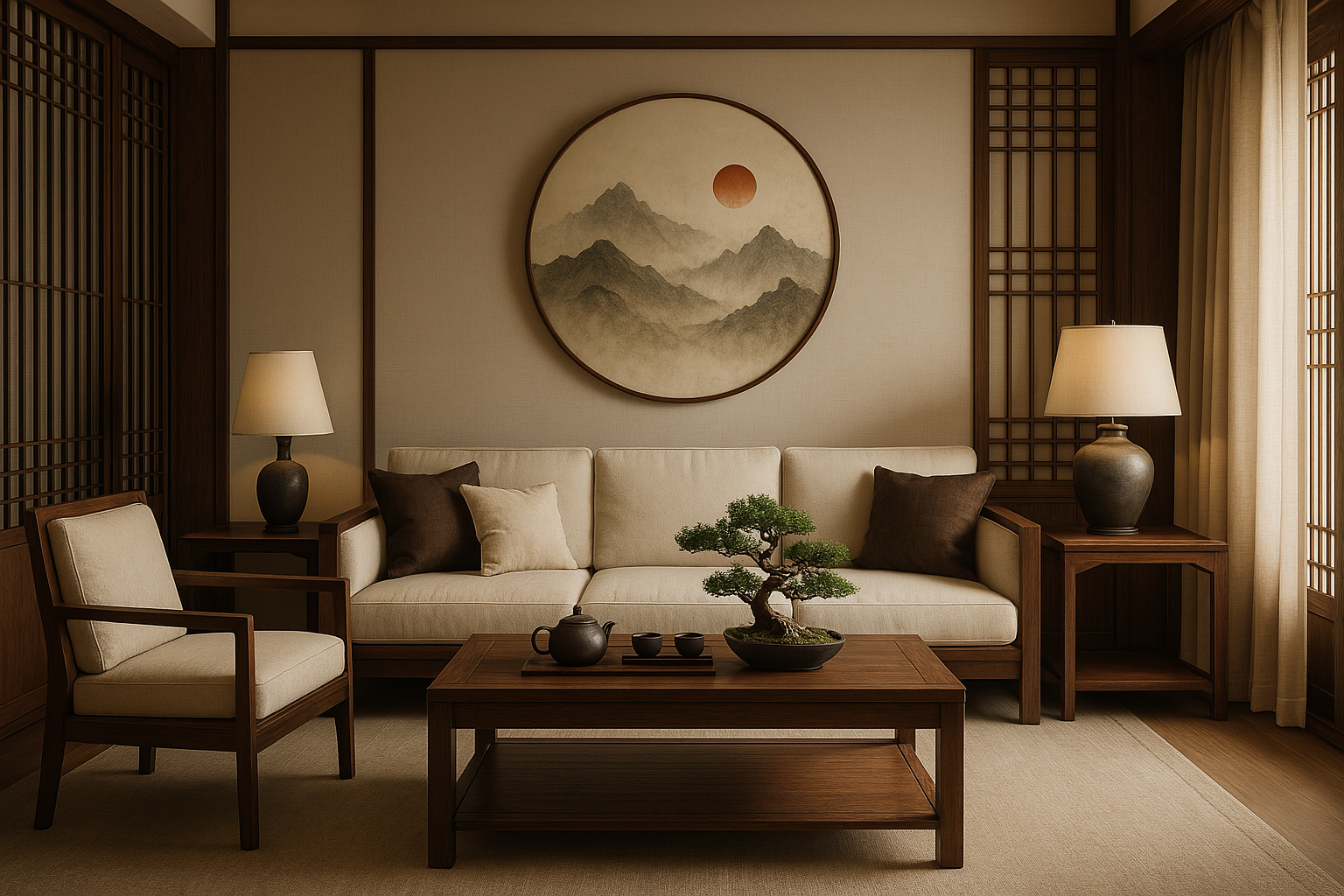The Essence of Asian Interior Design: Tranquility, Balance, and Timeless Beauty
Asian interior design is a rich tapestry of cultural expression, rooted in centuries-old traditions and philosophies that prioritize harmony, simplicity, and natural beauty. Drawing from various regions across the continent—including Japan, China, Korea, Thailand, and beyond—Asian design is as diverse as it is serene. Whether you're renovating your space or just seeking some fresh inspiration, here’s a closer look at what makes Asian interior design so captivating.
1. A Philosophy of Harmony and Balance
At the core of many Asian design styles is the idea of balance—between elements, materials, and energies. Concepts like Feng Shui in Chinese design and Wabi-Sabi in Japanese aesthetics influence everything from furniture layout to material selection. Spaces are arranged thoughtfully, encouraging the flow of energy and fostering a sense of peace and mindfulness.
2. Natural Materials and Earthy Tones
Wood, bamboo, stone, and paper are staples in Asian interiors. These materials bring warmth and texture while connecting the indoors with the outdoors. The color palettes are typically grounded in earth tones—beiges, browns, soft whites, and greens—accented occasionally with deeper hues like crimson, indigo, or gold.
3. Minimalism with Purpose
Asian design is often minimalist, but not in a cold or sterile way. Each item in a room is carefully chosen for its aesthetic value and function. Japanese interiors, in particular, embrace uncluttered spaces and clean lines, while Chinese interiors may introduce more ornate elements in a balanced and symmetrical manner.
4. Connection to Nature
Large windows, indoor plants, bonsai trees, rock gardens, and water features are commonly used to blur the line between interior and exterior. This connection to nature encourages a peaceful atmosphere and a slower, more intentional lifestyle.
5. Cultural Accents and Artistry
Intricate screens, calligraphy art, silk cushions, lanterns, tatami mats, and handcrafted ceramics offer subtle yet powerful nods to regional heritage. These details elevate a space without overwhelming it, adding cultural richness and a sense of story.
6. Flexible and Open Layouts
Sliding doors, floor seating, and multi-functional furniture contribute to the flexibility of Asian interiors. Especially in Japanese homes, the ability to transform a space depending on time or purpose is a key feature.
Tips for Incorporating Asian Design in Your Home
-
Start with decluttering: A calm space starts with simplicity.
-
Invest in quality natural materials: Choose wood, bamboo, and stone over synthetic materials.
-
Choose calming, nature-inspired colors: Think soft taupe, sage green, sand, and charcoal.
-
Use lighting mindfully: Go for warm, soft lighting instead of harsh overhead lights.
-
Add a few statement pieces: A shoji screen, a Buddha statue, or a vintage tea set can go a long way.
Final Thoughts Asian interior design is more than a style—it's a way of living. Rooted in mindfulness and respect for the natural world, it encourages intentional living in a beautiful and tranquil setting. Whether you're drawn to the minimalist appeal of Japanese interiors or the ornate beauty of Chinese design, there’s something in Asian decor for everyone who values calm, culture, and connection.


